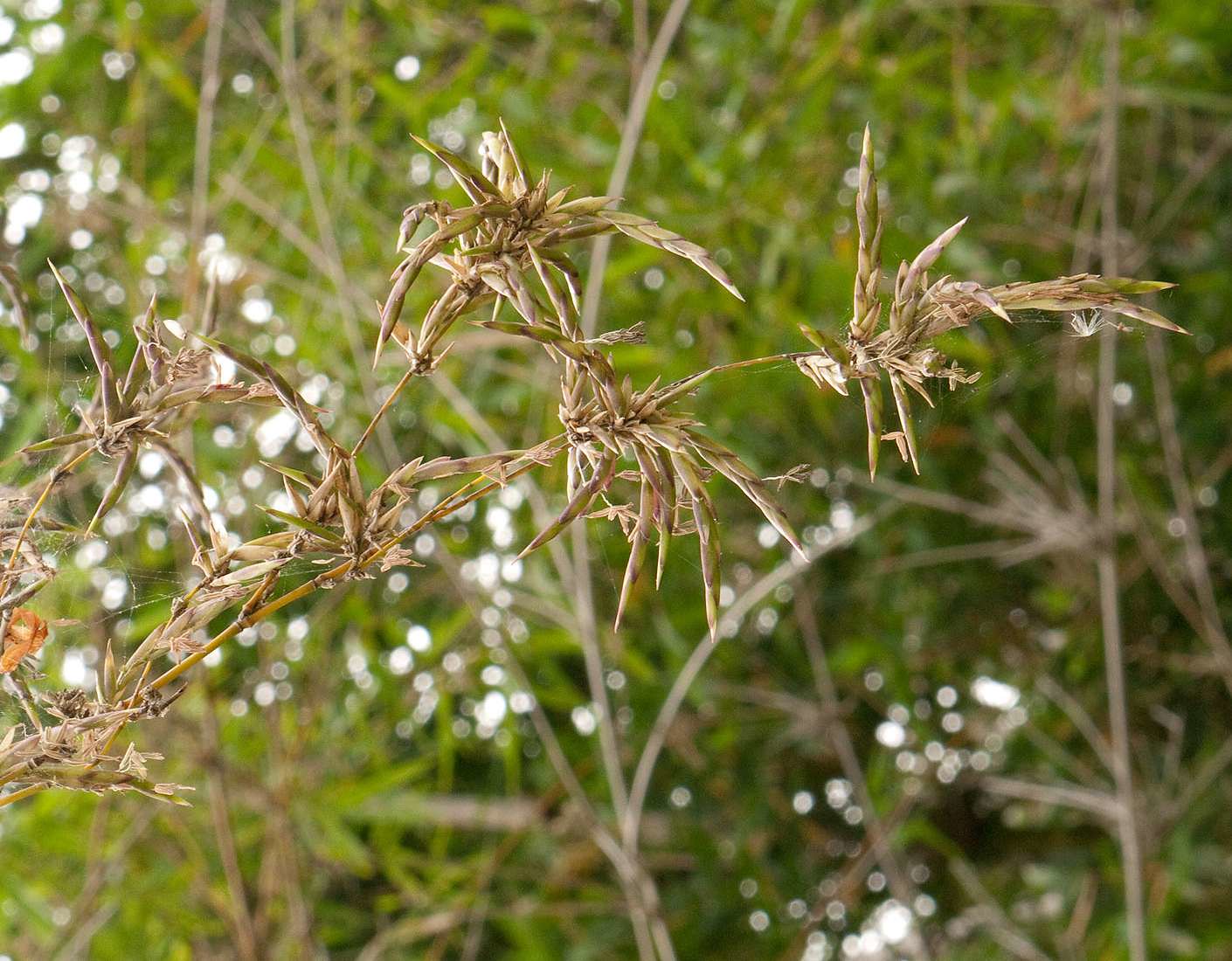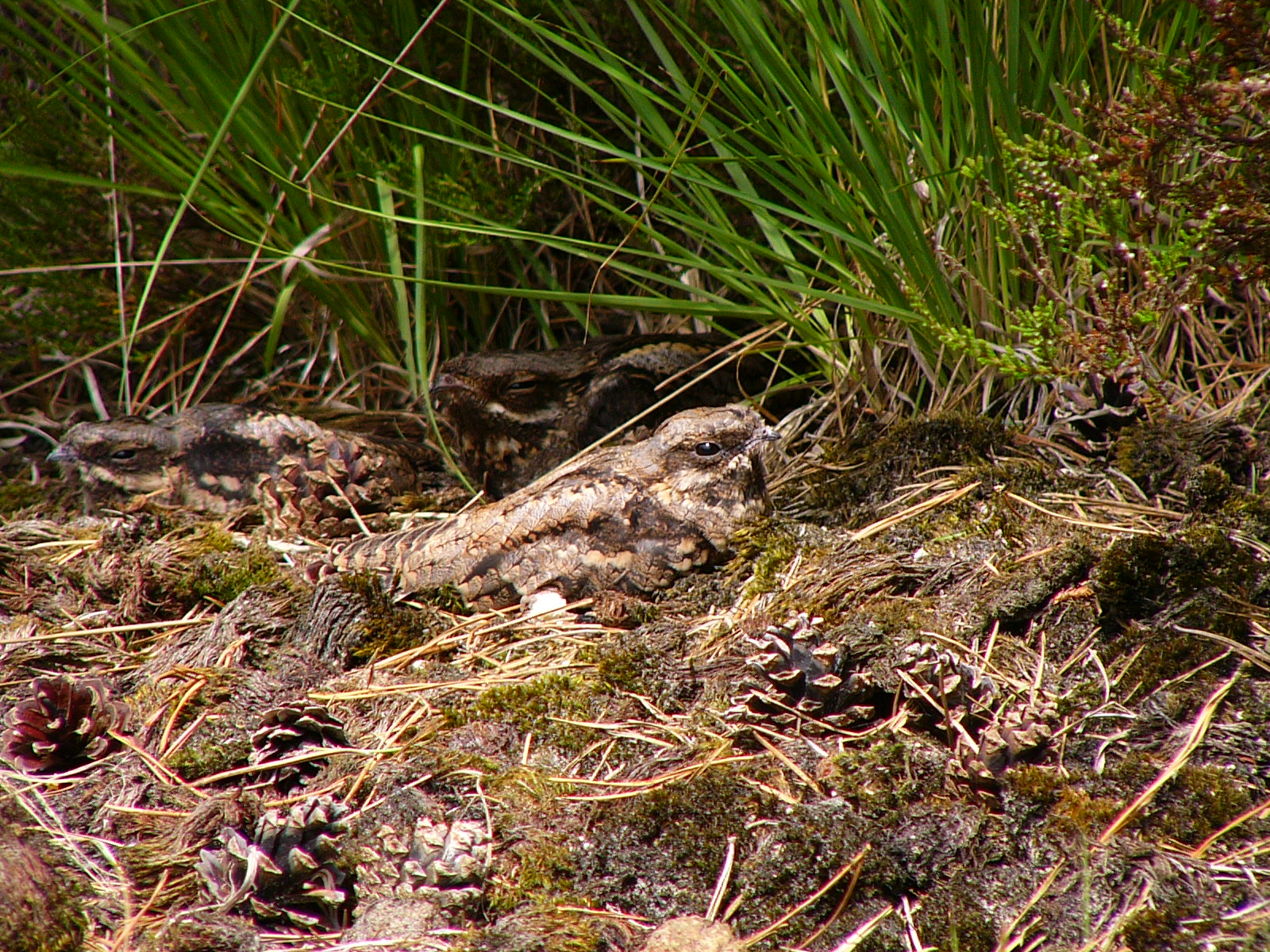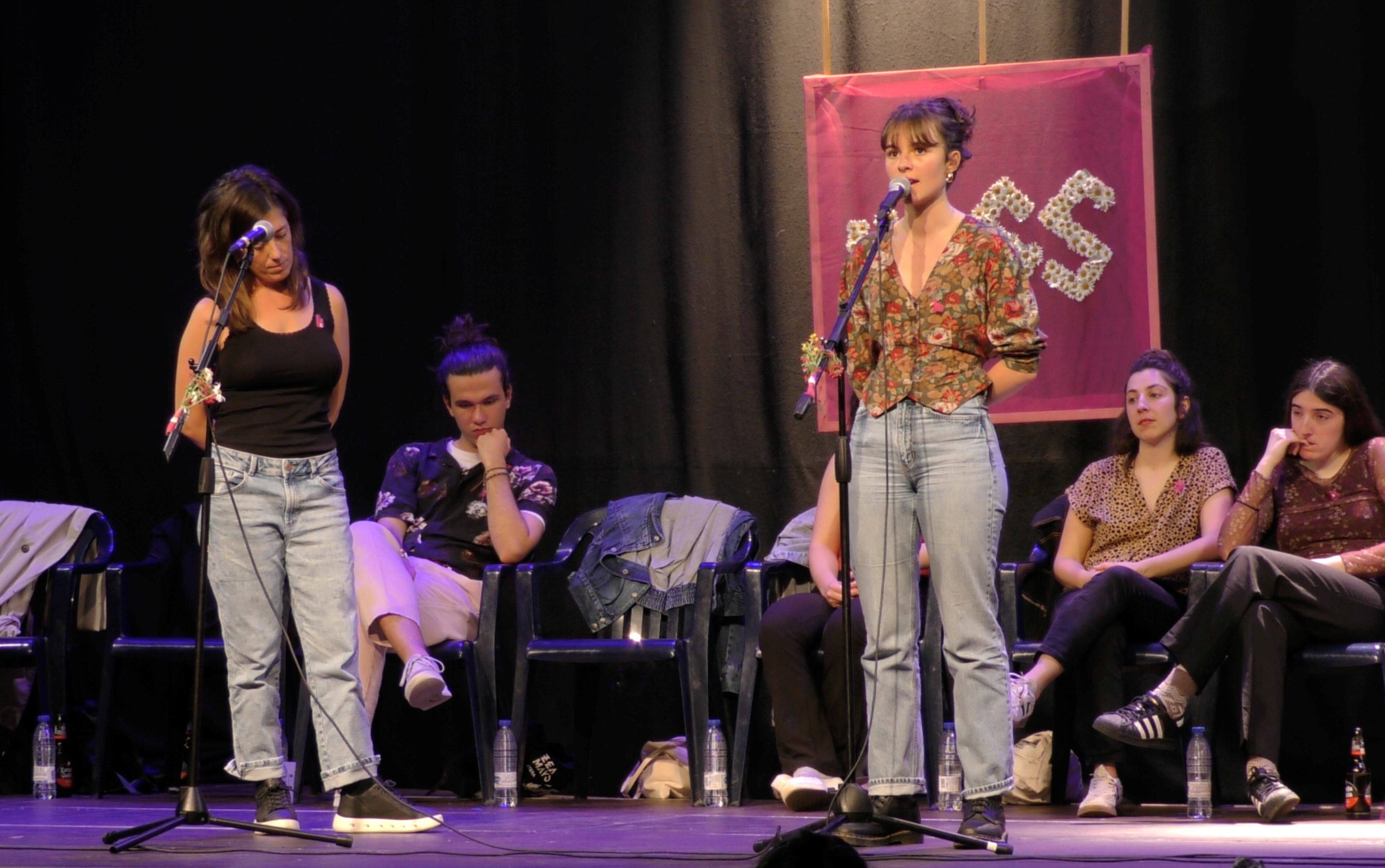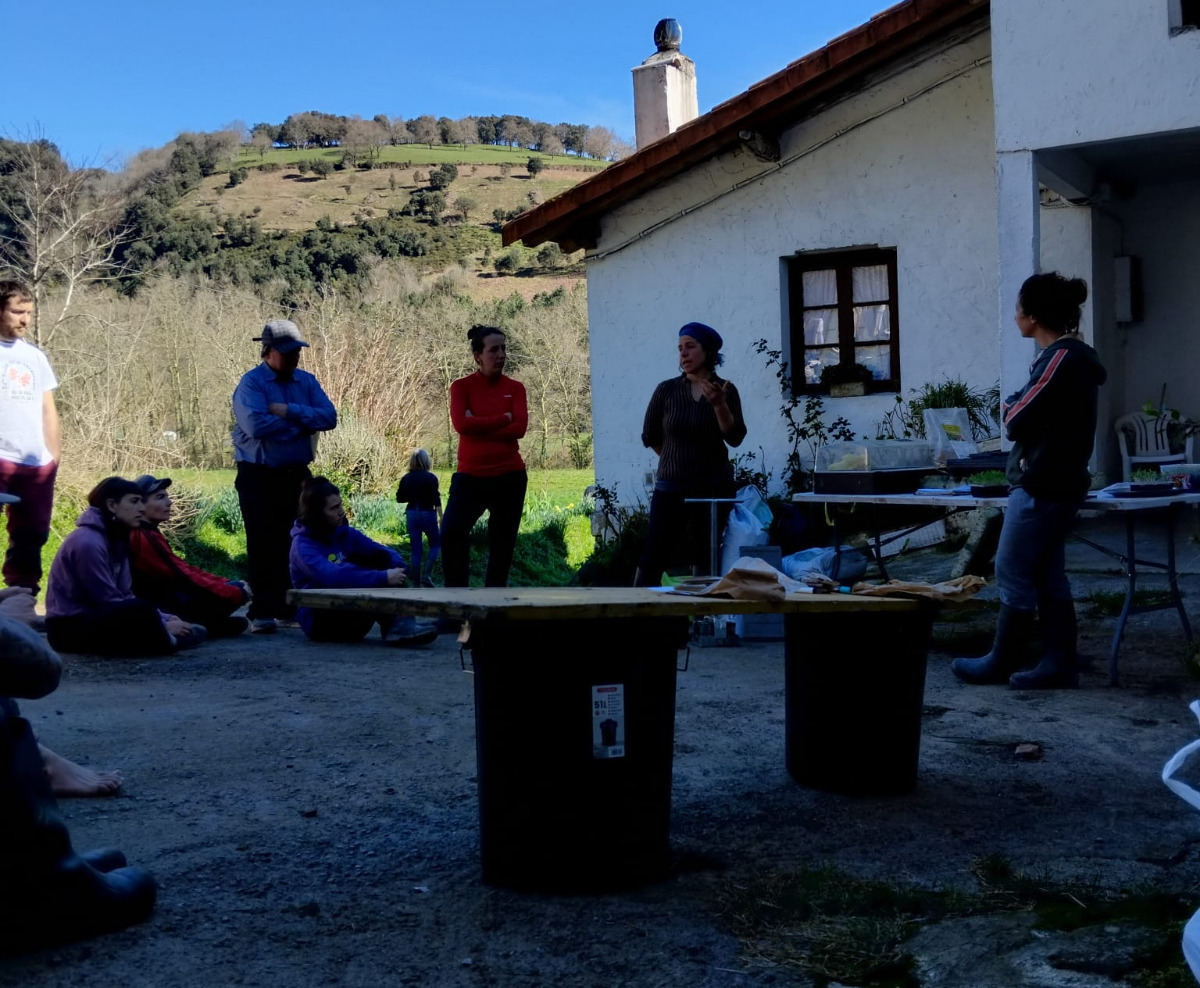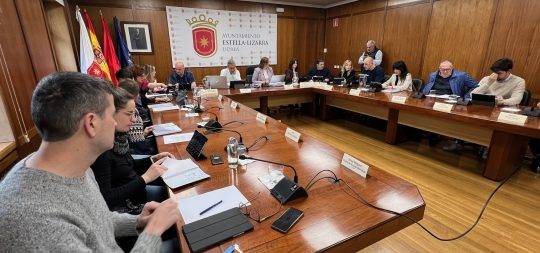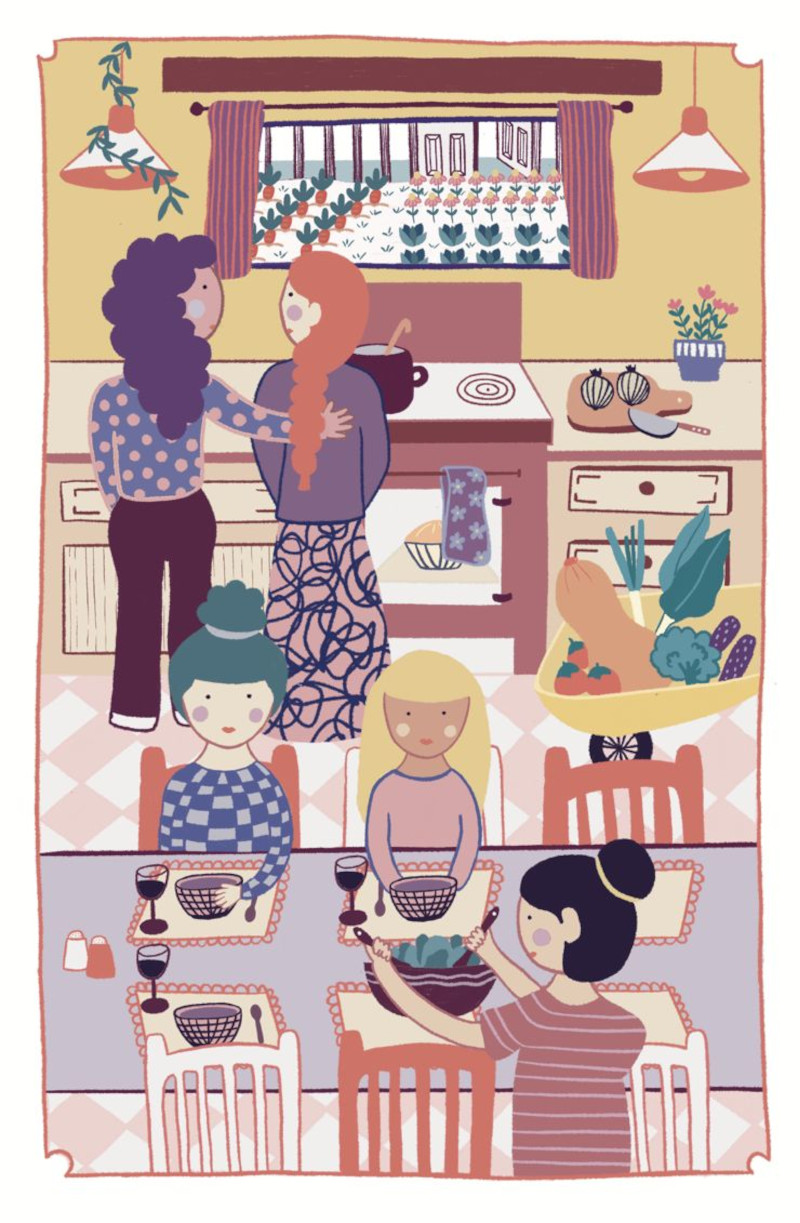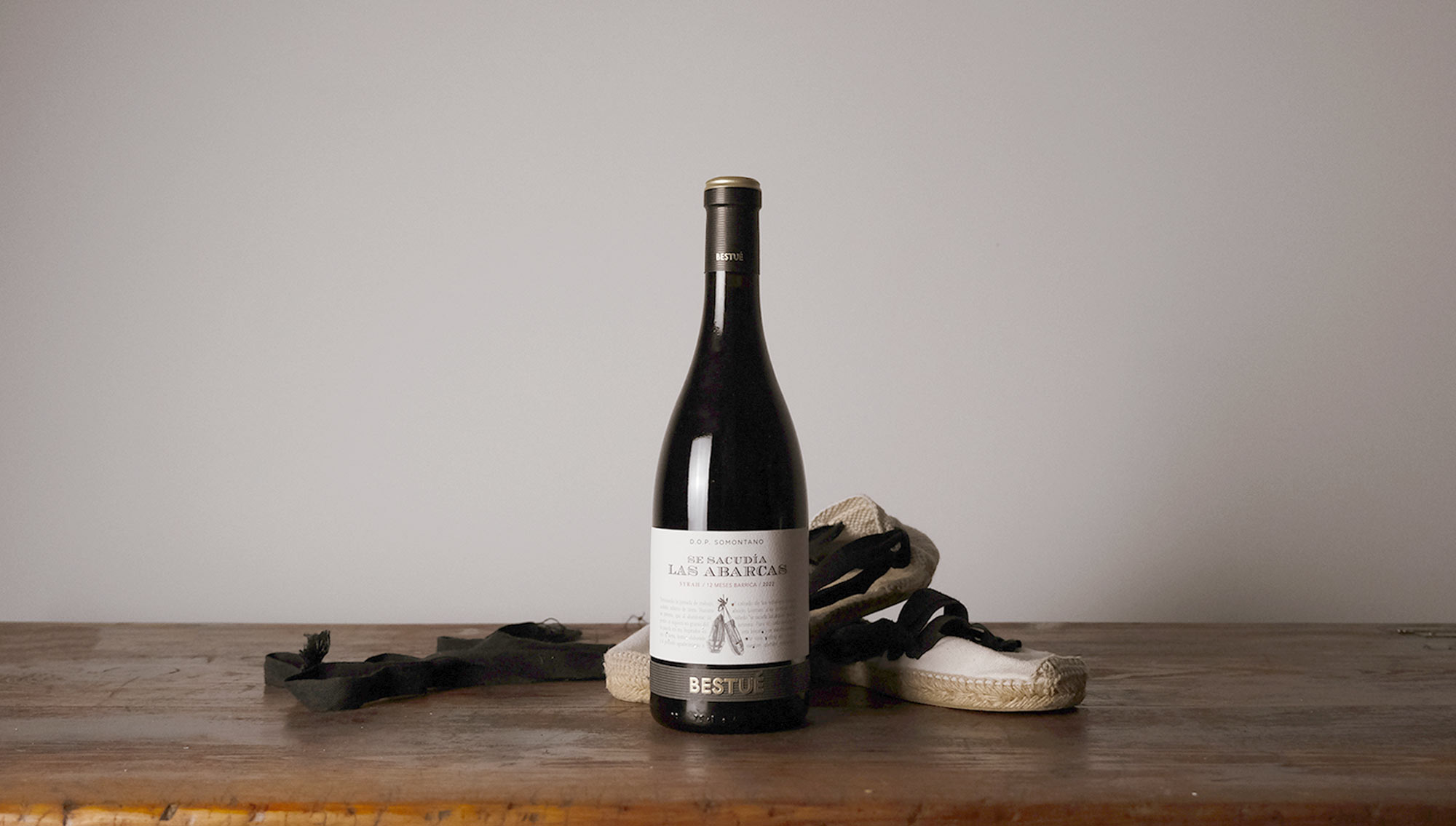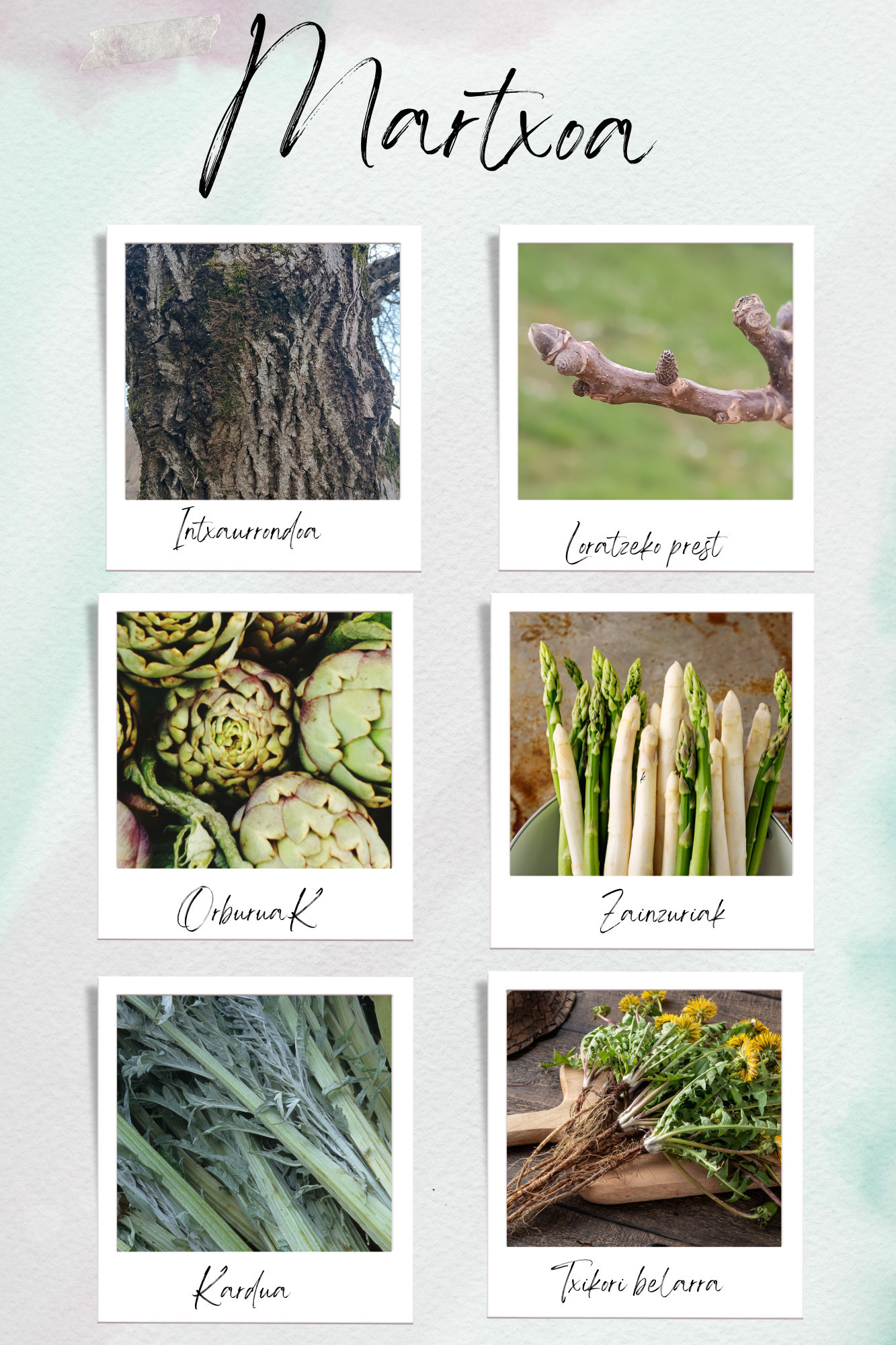Irritation of ginkgo and small laughter
- It vibrated our head and scared us ginkgo (Ginkgo's grandson). The strawberry cane was considered a long-lost tree species. They knew fossils of their leaves, nothing else.

It belongs to the Persian era, 280 million years ago and was considered to have disappeared until the seventeenth century. German naturalist physician and traveler Engelberd Kaempfer met and described during his journey from Persia to Japan between 1683 and 1693. Some specimens were found in some curious Chinese sketches; it is dioic, some trees are totally masculine and others totally feminine. In 1730 the first ginkgo was planted in Europe, Utrecht, the Netherlands. Subsequently, the yoke formed by its architectural form and the golden fall of the hostage spread throughout the world. It's the only species that has survived its kind.
They are called living panchronic or fossil species: supposedly missing and suddenly stumbling upon some living specimens. Although China's forests were natural, recent research has shown that they are genetically very close and therefore planted forests at some point, and that they have the capacity to live thousands of years.
From genetics, ginkgo can look at us with a lot of passion. In 2016 a group of Chinese researchers published the draft genome of Ginkgo's grandson (Giga Science magazine, Rui Guan, etc.) And he clarified that he has 10.6 billion nuclear bases of DNA. In addition, it is estimated that it has about 41,840 genes that allow a large number of antibacterial and chemical defense mechanisms. We, all people with potential, only have 3.2 billion DNA bases and 20,000 to 25,000 genes. We are between one third and half of the genetic empowerment of ginkgo…
You can say it's the old trees that met the dinosaurs. And to clarify what century we are and especially our memory and remember who it is, it's proven that its leaves are the best remedy against bad memory. These fan-like leaves cure the sequestration of our breath and asthma; the simple fact of thinking about how the male and female have sex in the trees, etc. ; and the fact that there are trees capable of living thousands of years and that we forget, then, alleviates the evils of old age. It tells us with an irrimurrection: I am a very good medication, I tell you.
Its immense capabilities are very evident: in an ancient giant war, when a nuclear bomb in Hiroshima, Japan, exploded and in kilometres and kilometres there were no standing beams, a long-lived ginkgo was burned and renovated the following year. It was the only life that was renewed. They say he still lives… It has been declared a tourist center of peace.
We will end our world, the war of war, and the Ginkgo will continue there, with living fossils.
Gaur abiatu da Bizi Baratzea Orrian kide egiteko kanpaina. Urtaro bakoitzean kaleratuko den aldizkari berezi honek Lurrari buruzko jakintza praktikoa eta gaurkotasuneko gaiak jorratuko ditu, formato oso berezian: poster handi bat izango du ardatz eta tolestu ahala beste... [+]
Noizbait. Noiz izan ote zen? Noizbait landareren batek lorea egitea erabaki zuen. Bai, bai, landareek ere erabakiak hartzen dituzte, eta guk maiz ez bezala, erabakiak bete egiten dituzte. Eta loreak sortu zituzten.
Iruñean bizi ziren Iñaki Zoko Lamarka eta Andoni Arizkuren Eseberri gazteak, baina familiaren herriarekin, Otsagabiarekin, lotura estua zuten biek betidanik. “Lehen, asteburuetan eta udan etortzen ginen eta duela urte batzuk bizitzera etorri ginen”, dio... [+]
Katalanen ustetan artzainak engainatzen omen ditu hegazti honek: “enganyapastors”. Espainiar eta latindarrek, aldiz, ahuntzari esnea kentzen diola diote, hortik datorkio hain zuzen ere izen zientifikoan (Caprimulgus europaeus) islatzen den caprimulgus (capra... [+]
Festa egiteko musika eta kontzertu eskaintza ez ezik, erakusketak, hitzaldiak, zine eta antzerki ikuskizunak eta zientoka ekintza kultural antolatu dituzte eragile ugarik Martxoaren 8aren bueltarako. Artikulu honetan, bilduma moduan, zokorrak gisa miatuko ditugu Euskal Herriko... [+]
Udaberri aurreratua ate joka dabilkigu batean eta bestean, tximeletak eta loreak indarrean dabiltza. Ez dakit onerako edo txarrerako, gure etxean otsailean tximeleta artaldean ikustea baino otsoa ikustea hobea zela esaten baitzen.
Nori ez zaio gustatzen ahuakatea? Ia denok atsegin dugu fruitu berri hori, di-da amaren batean etxekotu zitzaigun. Zenbat urte da ba dendaero ikusten hasi garela? Gure mahaietara iritsi aurretik, historia luzea du.
Gipuzkoako hamaika txokotatik gerturatutako hamarka lagun elkartu ziren otsailaren 23an Amillubiko lehen auzo(p)lanera. Biolur elkarteak bultzatutako proiektu kolektiboa da Amillubi, agroekologian sakontzeko eta Gipuzkoako etorkizuneko elikadura erronkei heltzeko asmoz Zestoako... [+]
Leihatila honetan behin baino gehiagotan azaldu ditugu Ama Naturaren engainuak bere izakiak babestearren. Batzuetan, erle edo liztor itxura zuten euliak ekarri ditugu, beste batzuetan inongo arriskurik ez duten arrisku-kolorazioko intsektuak ere bai (kolorazio aposematikoa... [+]
Administrazio Epaitegiak arrazoia eman dio EH Bilduk Lizarrako plantilla organikoaren hizkutnz profilen aurka jarritako helegiteari.
Emakume bakoitzaren errelatotik abiatuta, lurrari eta elikadurari buruzko jakituria kolektibizatu eta sukaldeko iruditegia irauli nahi ditu Ziminttere proiektuak, mahai baten bueltan, sukaldean bertan eta elikagaiak eskutan darabiltzaten bitartean.
Ibon galdezka etorri zait Bizibaratzea.eus webguneko kontsultategira. Uda aurre horretan artoa (Zea mays) eta baba gorria (Phaseolus vulgaris) erein nahi ditu. “Arto” hitza grekotik dator eta oinarrizko jakia esan nahi du, artoa = ogia; arto edo panizo edo mileka... [+]
Nekazal eremu lehor baten erdian ageri da putzua. Txikia da tamainaz, eta ez oso sakona. Egunak dira euririk egiten ez duela, baina oasi txiki honek oraindik ere aurretik bildutako urari eusten dio. Gauak eremua irentsi du eta isiltasunaren erdian kantu bakarti bat entzun da... [+]
Zuhaitza esnatzear dago, kimuak ageri dira adarretan. Gutxi falta da loraldirako, laster aro berria hasiko du, indarberrituta.









